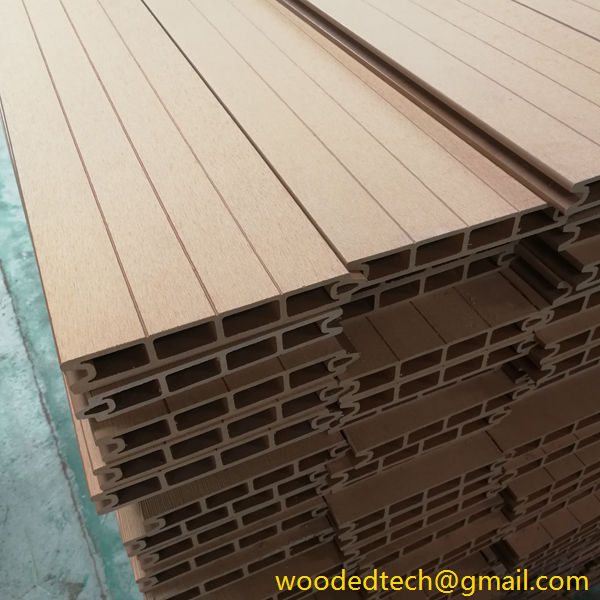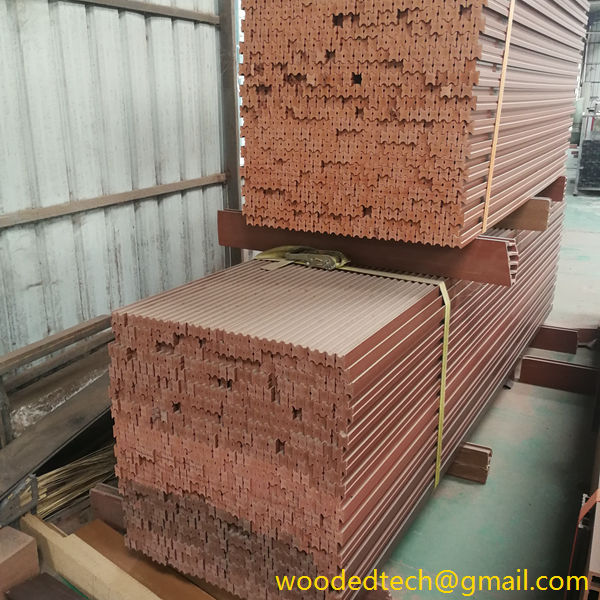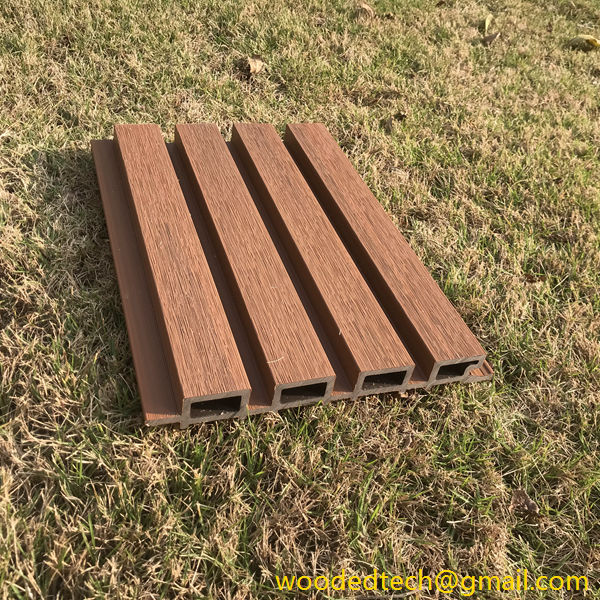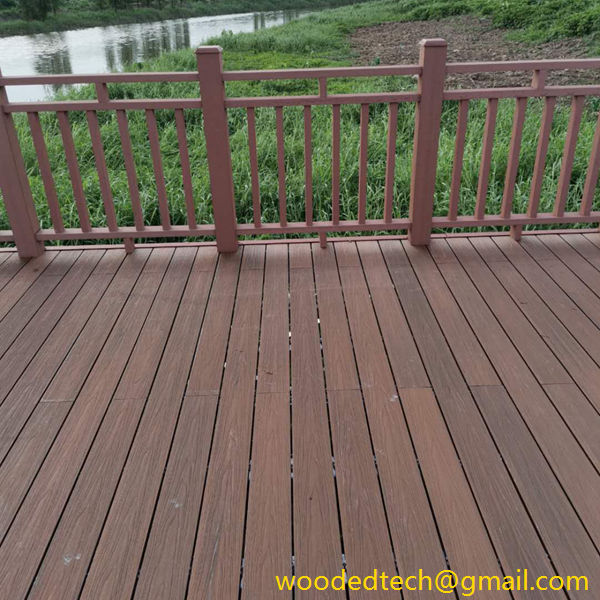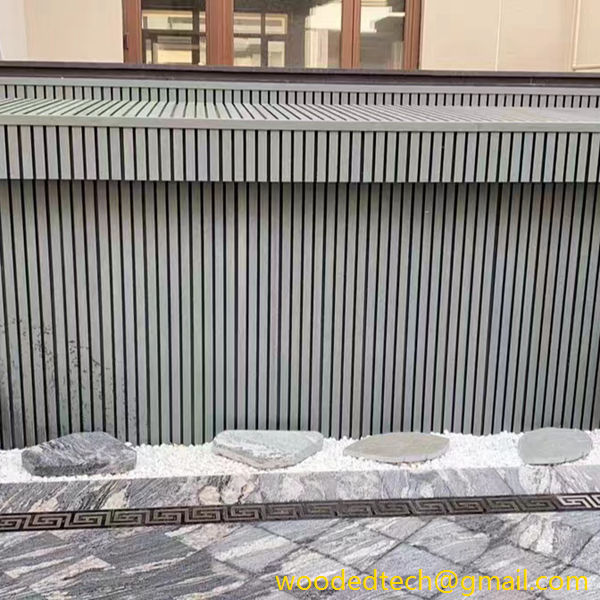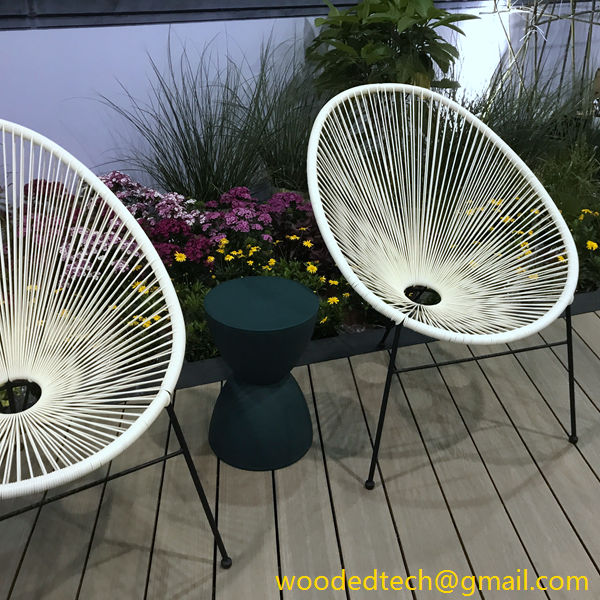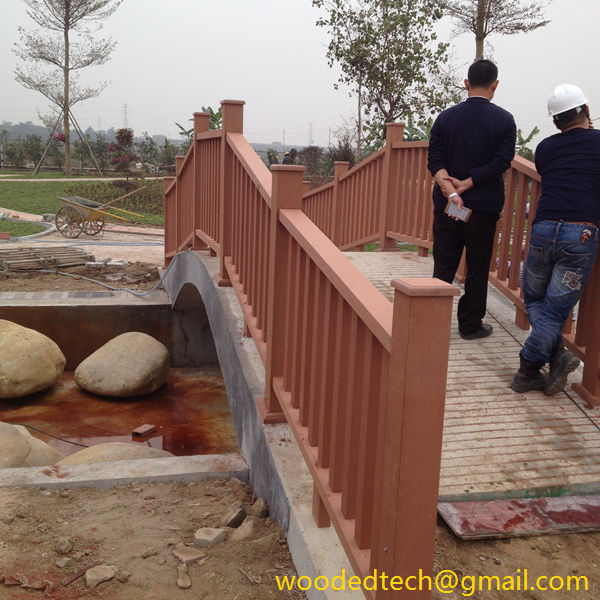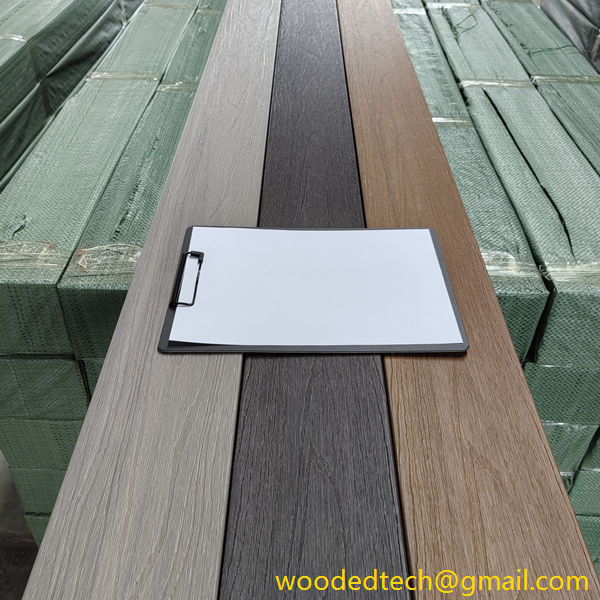Sahte Ahşap Plastik: Sahte Ahşap Plastiğin Tasarımdaki Faydalarını Anlamak
Sahte Ahşap Plastik: Tasarımda Sahte Ahşap Plastiğin Faydalarını Anlamak Son yıllarda, tasarım ortamı, geleneksel ahşabın estetiğini taklit ederken aynı zamanda daha fazla dayanıklılık ve bakım kolaylığı sunan yenilikçi malzemelerin yükselişiyle dikkate değer bir dönüşüme tanık oldu. Bu malzemelerden biri de genellikle sahte ahşap plastik olarak adlandırılan...
Sahte Ahşap Plastik: Sahte Ahşap Plastiğin Tasarımdaki Faydalarını Anlamak
In recent years, the design landscape has witnessed a remarkable transformation, with the rise of innovative materials that mimic the aesthetics of traditional wood while offering enhanced durability and ease of maintenance. One such material is fake wood plastic, often referred to as wood-plastic composite (WPC). This composite material combines the best of both worlds: the natural beauty of wood and the resilience of plastic. In this article, we will explore the numerous benefits of fake wood plastic in design, emphasizing its ease of installation and how it can revolutionize various applications, from home interiors to outdoor spaces.
To begin with, one of the most significant advantages of fake wood plastic is its straightforward installation process. Traditional wooden materials often require a considerable amount of time and effort to install, including cutting, sanding, and finishing. In contrast, WPC products are typically designed for easy assembly. Many manufacturers offer tongue-and-groove systems or interlocking panels that allow for quick and efficient installation. This feature not only saves time but also minimizes labor costs, making it an attractive option for both homeowners and contractors alike.
Furthermore, the lightweight nature of wood-plastic composites contributes to their ease of installation. Unlike traditional hardwoods, which can be quite heavy and cumbersome to work with, WPC is significantly lighter. This characteristic makes it easier to transport, handle, and install, especially in larger projects or areas that may pose logistical challenges. With the reduced physical strain on installers, projects can progress more swiftly, leading to quicker completion times.
In addition to its ease of installation, fake wood plastic is also highly versatile in design applications. It is available in a wide range of colors, textures, and finishes, allowing designers and homeowners to achieve the desired aesthetic without compromising on durability. Whether aiming for a rustic cabin feel or a sleek modern look, WPC can be customized to fit virtually any design vision. This level of versatility makes it an excellent choice for a variety of settings, including residential homes, commercial buildings, and outdoor spaces.
Another noteworthy aspect of fake wood plastic is its exceptional durability. Unlike traditional wood, which is susceptible to rot, warping, and insect damage, WPC is engineered to withstand the elements. This resilience makes it an ideal choice for outdoor applications such as decking, fencing, and landscaping. Homeowners can enjoy their outdoor spaces without the constant worry of maintenance or the need for regular treatments to protect the wood. Additionally, WPC is resistant to fading, ensuring that the vibrant colors and textures remain intact over time.
Moreover, the low maintenance requirements of fake wood plastic further enhance its appeal. Traditional wood surfaces often require staining, sealing, and other protective treatments to maintain their appearance and longevity. In contrast, WPC can be easily cleaned with soap and water, making it a hassle-free option for busy homeowners. This ease of maintenance not only saves time but also reduces long-term costs associated with upkeep.
From an environmental perspective, fake wood plastic presents an eco-friendly alternative to traditional wood products. Many WPC manufacturers utilize recycled materials in their composites, reducing the demand for virgin timber and lessening the impact on forests. This sustainable approach to design appeals to environmentally conscious consumers who are increasingly seeking products that align with their values. Additionally, the longevity and durability of WPC mean that it does not need to be replaced as frequently as traditional wood, further contributing to its eco-friendly profile.
In terms of safety, fake wood plastic is also a commendable choice. Many WPC products are designed to be slip-resistant, making them suitable for outdoor areas where moisture can create hazards. This feature is particularly important for families with children or for properties that receive a lot of foot traffic. Furthermore, WPC does not splinter like traditional wood, enhancing safety for both children and pets.
The aesthetic appeal of fake wood plastic cannot be overlooked. By closely mimicking the look and feel of natural wood, WPC provides designers with the opportunity to create beautiful spaces that do not compromise on functionality. The authenticity of the material allows it to blend seamlessly with other natural elements, such as stone or metal, creating harmonious environments that enhance the overall design.
In conclusion, fake wood plastic, or wood-plastic composite, offers an array of benefits that make it an ideal choice for modern design applications. Its easy installation process, lightweight nature, and versatility in design provide significant advantages over traditional wood. Moreover, its durability, low maintenance requirements, and eco-friendly attributes further enhance its appeal. As designers and homeowners continue to seek innovative solutions that balance aesthetics with practicality, fake wood plastic stands out as a leading choice in the realm of contemporary materials. By embracing this innovative composite, individuals can create stunning spaces that are both beautiful and functional, making it a valuable addition to any design project.

